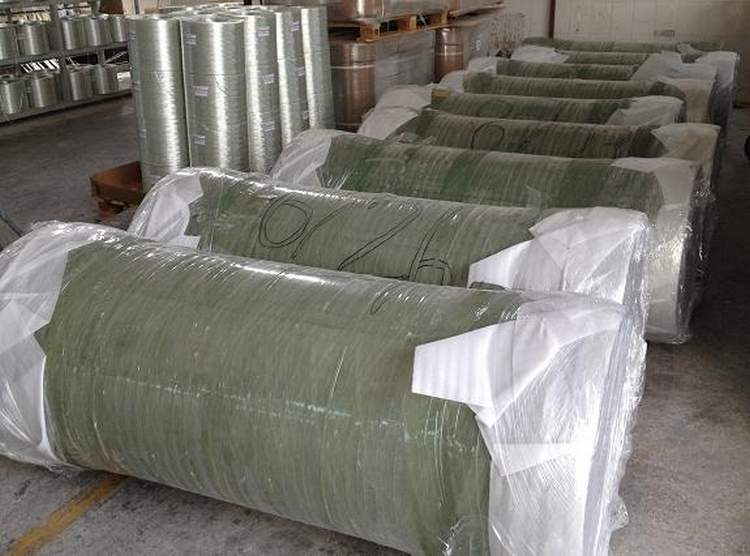In the medical field, the shell of the equipment not only needs to have sufficient strength and durability, but also needs to meet specific hygiene and safety standards. As a lightweight, high-strength and corrosion-resistant material, FRP has become an ideal choice for customizing medical device shells. Below, we will introduce the process of customizing FRP medical device shells in detail.
I. Demand Analysis and Design
First, according to the specific needs and uses of medical devices, a demand analysis is carried out. This includes determining the size, shape, load-bearing capacity and required hygiene standards of the shell. Next, the design is carried out according to the analysis results. During the design process, the characteristics and processing technology of FRP materials need to be fully considered to ensure the feasibility and economy of the design scheme.
II. Mold Making
After the design is completed, the mold making stage begins. The mold is the key to the molding of the FRP shell. According to the design drawings, the mold is made of suitable materials (such as wood, metal or plastic). The precision and surface quality of the mold directly affect the quality of the final product. Therefore, the size and shape accuracy of the mold need to be strictly controlled during the production process.
III. FRP Material Preparation
FRP is composed of resin and glass fiber. When preparing the material, it is necessary to select the appropriate resin type and glass fiber specification. The choice of resin should be determined according to the use environment and requirements of the equipment, such as corrosion resistance, high temperature resistance, etc. The specifications of glass fiber affect the strength and rigidity of the shell. Mix the resin and glass fiber in proportion and prepare for the subsequent molding process.
Fourth, molding and curing
Inject the prepared FRP material into the mold for molding. During the molding process, the flow rate and curing time of the resin need to be controlled to ensure the uniformity and integrity of the shell. After the molding is completed, the mold is placed in a heating device for curing. During the curing process, the resin gradually hardens to form a solid shell. The curing time and temperature should be determined according to the type and thickness of the resin.
Five, post-processing and inspection
After the curing is completed, remove the FRP shell from the mold for post-processing. This includes removing excess resin, trimming edges and surface treatment. Surface treatment can be done by grinding, painting, etc. to improve the beauty and durability of the shell. Finally, the shell is inspected for quality. The inspection content includes dimensional accuracy, surface quality, strength, etc. Ensure that the shell meets the design requirements and usage standards.
Sixth, Installation and Debugging
After passing the quality inspection, the FRP medical device shell is installed on the equipment. During the installation process, attention should be paid to the fit and fixing method between the shell and the equipment. After the installation is completed, debugging and testing are carried out to ensure that the shell is stable and reliable during the operation of the equipment.
In summary, the process of customizing the FRP medical device shell includes demand analysis and design, mold making, FRP material preparation, molding and curing, post-processing and inspection, and installation and debugging. Each step requires strict control of quality and technical parameters to ensure the quality and performance of the final product.
Contact Us
E-mail:[email protected]
If you are interested in any of FRP products, please contact me by email and we will be happy to quote our lowest price as soon as we receive your detailed request.






